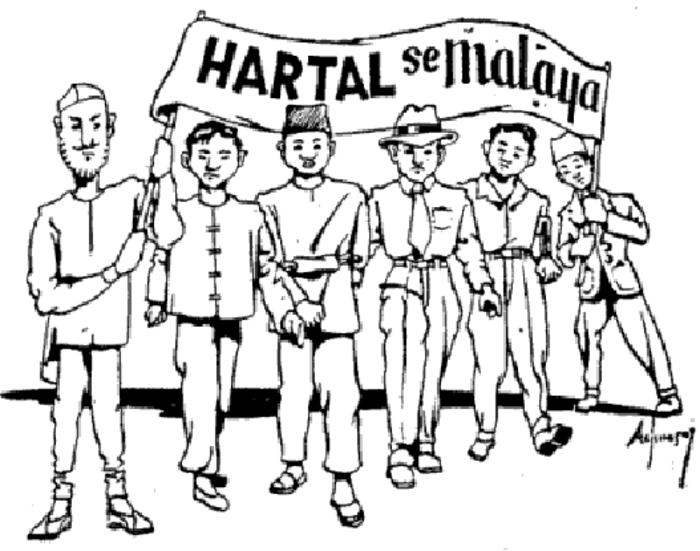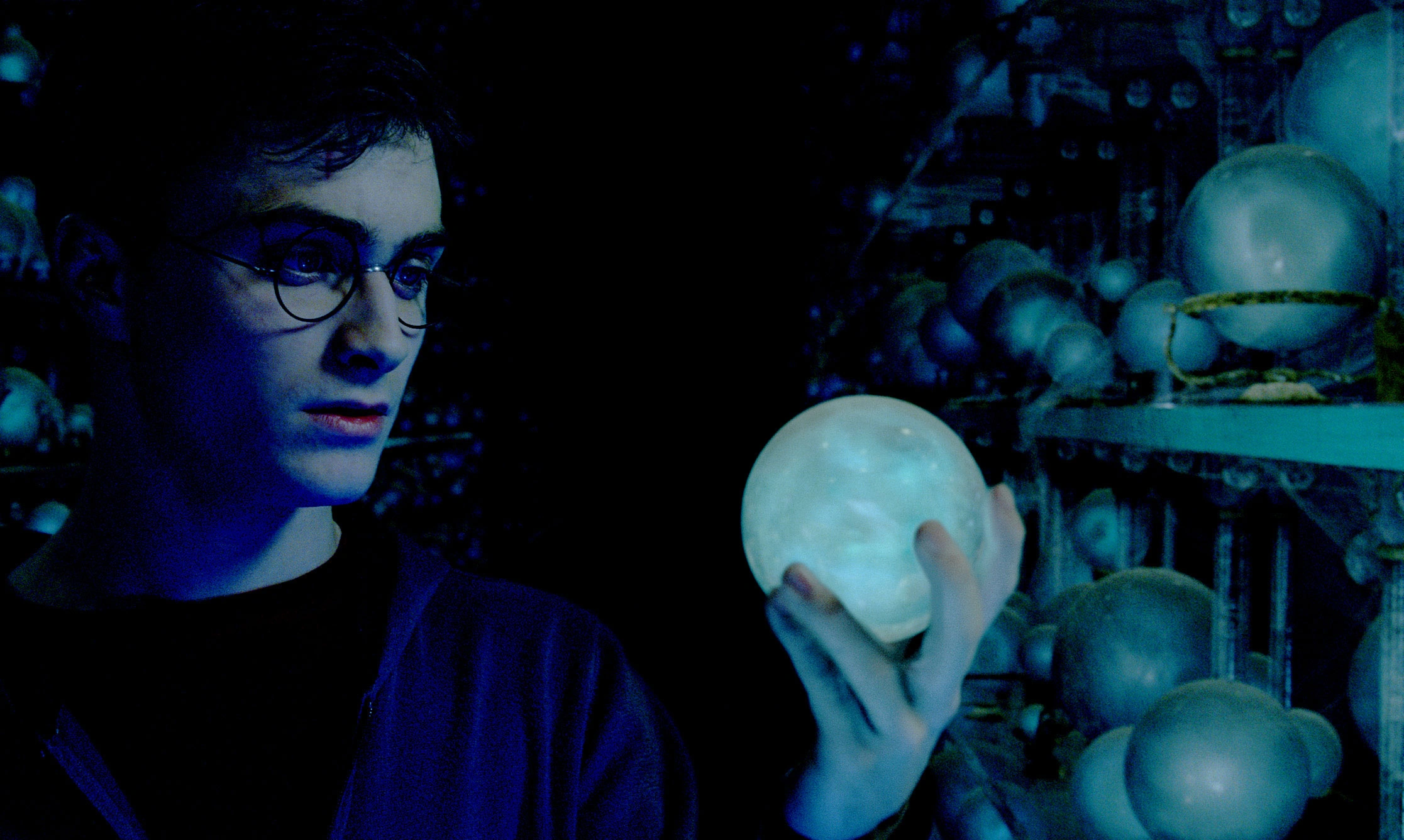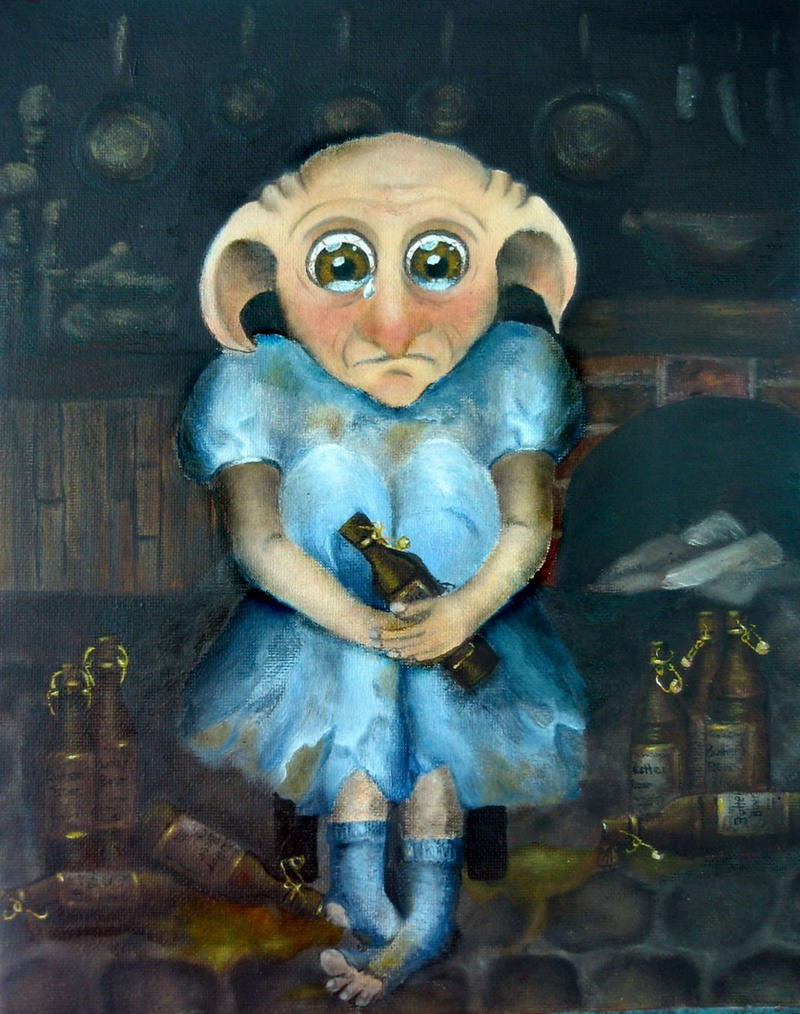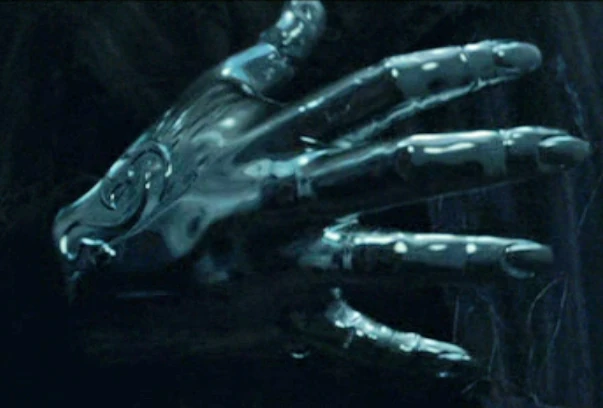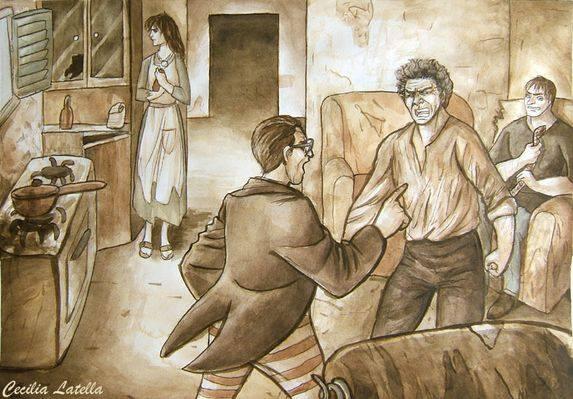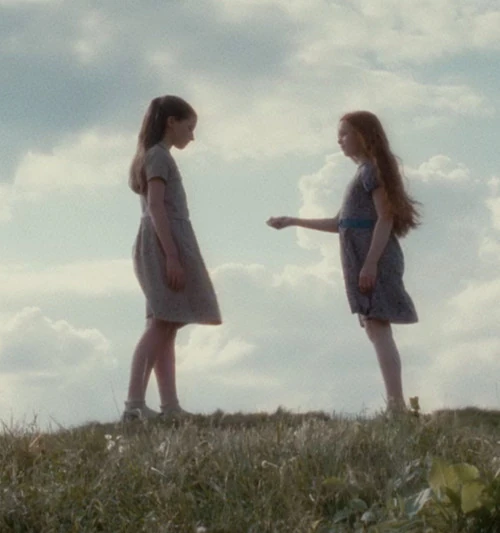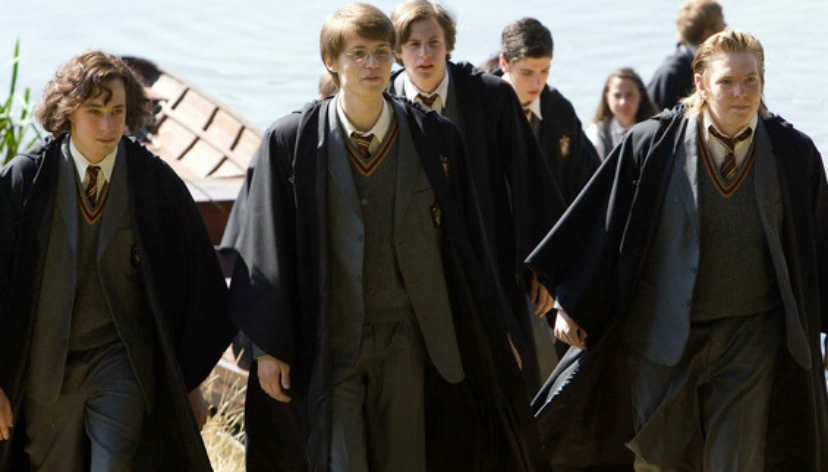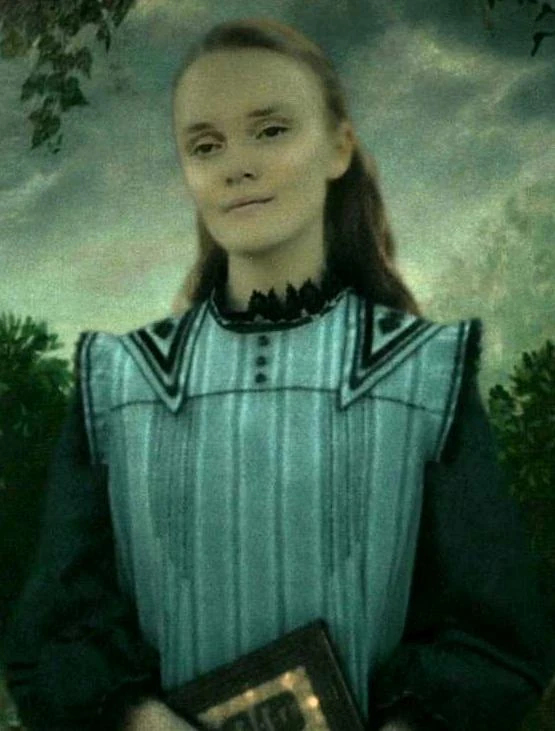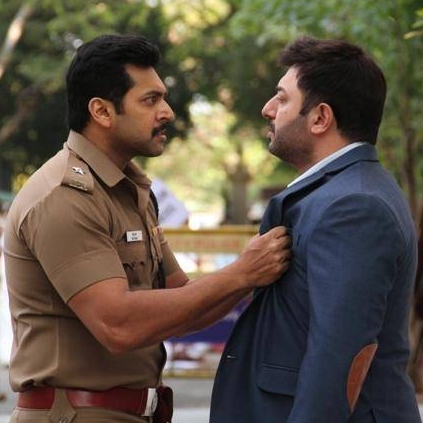I was in England for three years doing my degree. During that time, I've visited London many times, but it was always the usual famous tourist spots like Big Ben, Buckingham Palace, Tower of London, Tower Bridge, Madame Tussauds, Trafalgar Square, Hyde Park and much more. Looking back now, I have come to realize that there are quite a few unusual spots that I have missed. If I were to revisit London someday, this are my top 15 unusual things to see there.
Although access to the actual Downing Street is often restricted, there is No. 10 Adam Street close to The Stand, which is an exact replica of the British Prime Minister's residence.
1) The Fake No. 10 Downing Street
Although access to the actual Downing Street is often restricted, there is No. 10 Adam Street close to The Stand, which is an exact replica of the British Prime Minister's residence.
2) Brixton Windmill
This is actually one of the six windmills that you can find in London and it has been here since 1816. Initially closed in 1934, it was restored in 2011 and is currently open to the public.
Situated on the corner of South Terrace and Thurloe Square in Knightbridge, this seven feet house is worth up to £2m.
4) The smallest house
No. 10 Hyde Park Place, Marble Arch is only 3 feet 6 inches wide. When it was built in the 18th century, it blocked a tiny passageway, and functioned to watch out for body snatchers at the opposite St. George's graveyard. It is now taken over by the similarly coloured Tyburn Convent next door.
Measuring merely 56 feet by 30 feet, St. Ethelburga-the-Virgin in Bishopsgate, EC2 dates back to the 13th century.
6) The smallest police station
Located near Trafalgar Square, this circular stone station was built in the mid 20s and has space for only one officer.
This row of fake town house façades was actually built to hide the ugly train tracks and smoke from the engine venting when the first tube line was built around these upscale area back in the 1860s.
BBC's Sherlock fans don't need any introduction to this very normal-looking cafe. Lucky to know, the care has not exploited the fame from the popular TV show.
9) The Traffic Light Tree
This eight metre tall fake tree contains 75 computer operated traffic lights was made by French sculptor Pierre Vivant and is located in Canary Wharf.
10) St. Bride's Church
Apart from St. Paul’s Cathedral, St. Stephen’s Walbrook and St. Lawrence Jewry, this church also beautified the city's skyline. However, what makes this church truly wonderful is its tiered spire that inspired modern wedding cakes not just in England but worldwide.
11) The Thames Lions
Taking a stroll down the River Thames on the Victoria Embarkment is not unusual. But people hardly spot the carved lion heads with rings in their mouths. Sculpted in the 1860s, these Thames Lions were part of the river's flood warning system. If the Lions drink, London will sink.
12) Temple Church
Many miss this smaller church, although it is one of London's most important Christian buildings. Built in the 12th century, it served as the Knights Templar's English headquarters.
13) The Last Sewer Lamp
Located just off the Strand, this lamp was built in the 1880s and is connected to the city sewer system below. Fumes to travel up along its iron post and fuel the flame on top
14) The Victorian Operating Theater
Like many other churches in 19th century England, St. Thomas provided food, shelter and medication to the poor. This church, however, even had its own operating theater, which back in the day would have staged a performance to avoid with no anaesthetics and what not.
15) Tower Bridge Chimney
Tower Bridge is one of London's iconic landmarks, but what makes it unusual is its chimney that has been blended in with the lamp posts lining the bridge. It is connected to one of the bridge piers which had a room with coal fire to warm the guards.






.jpg)


























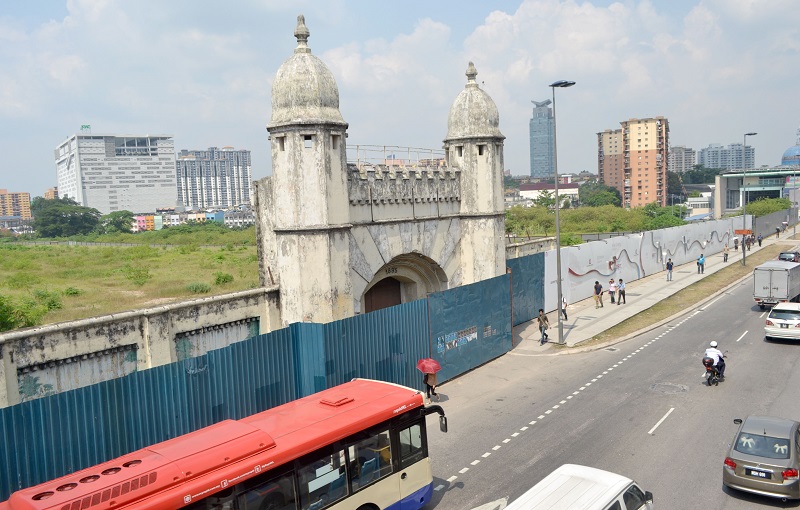
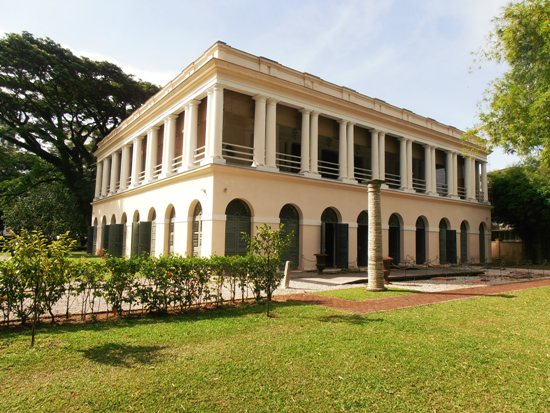

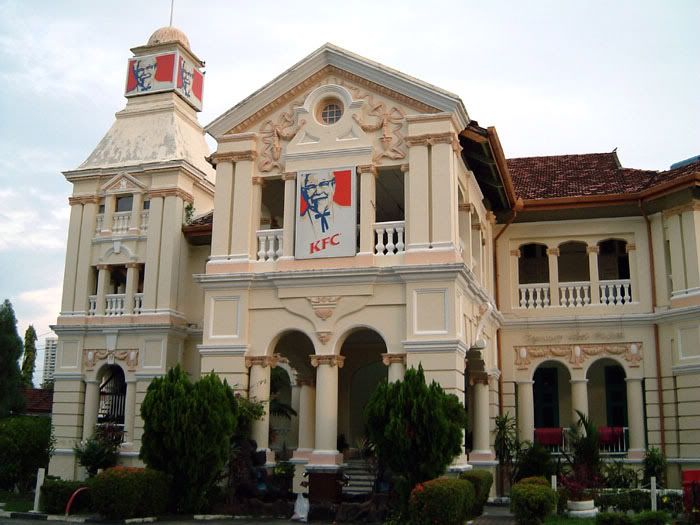




















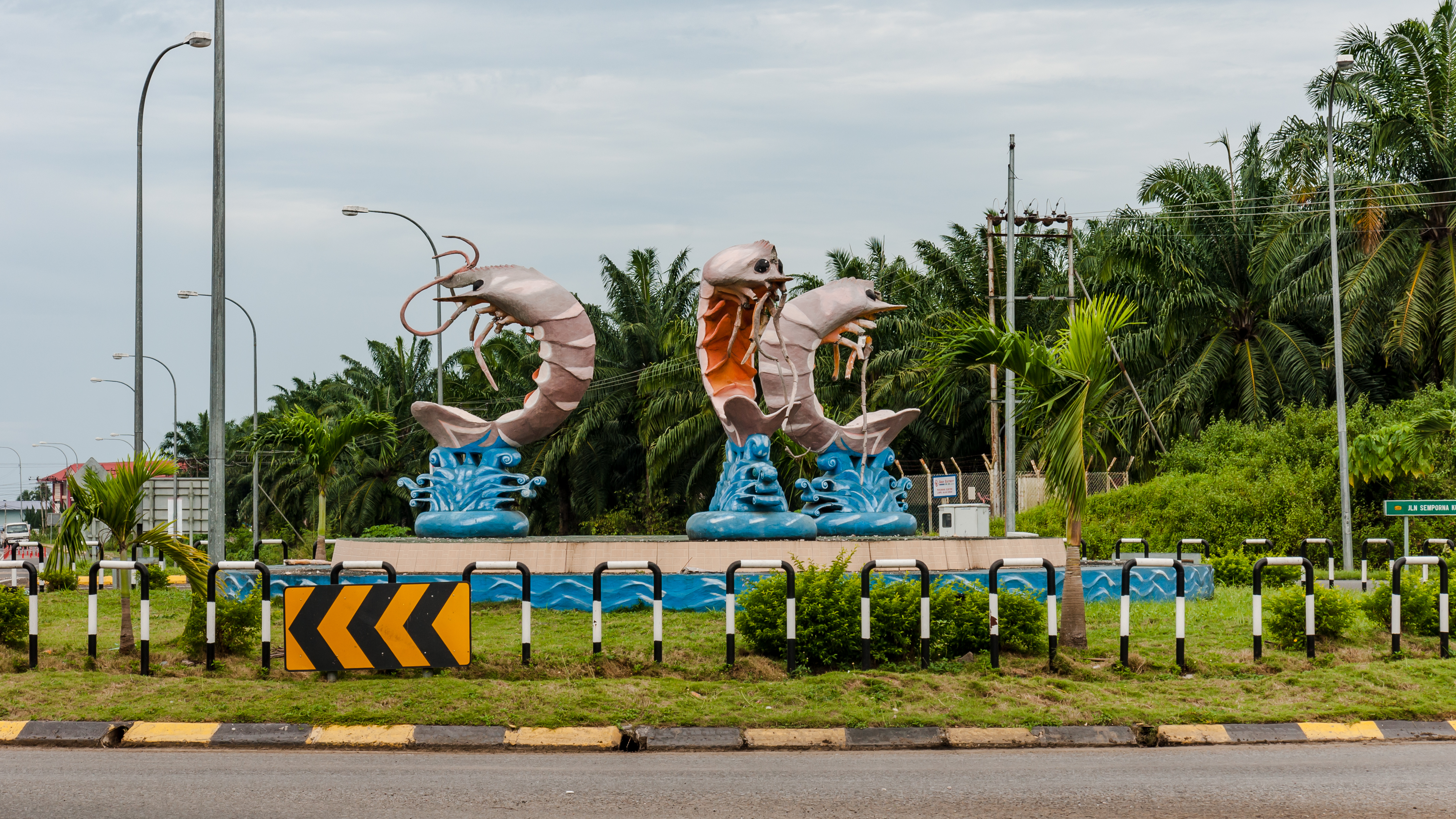



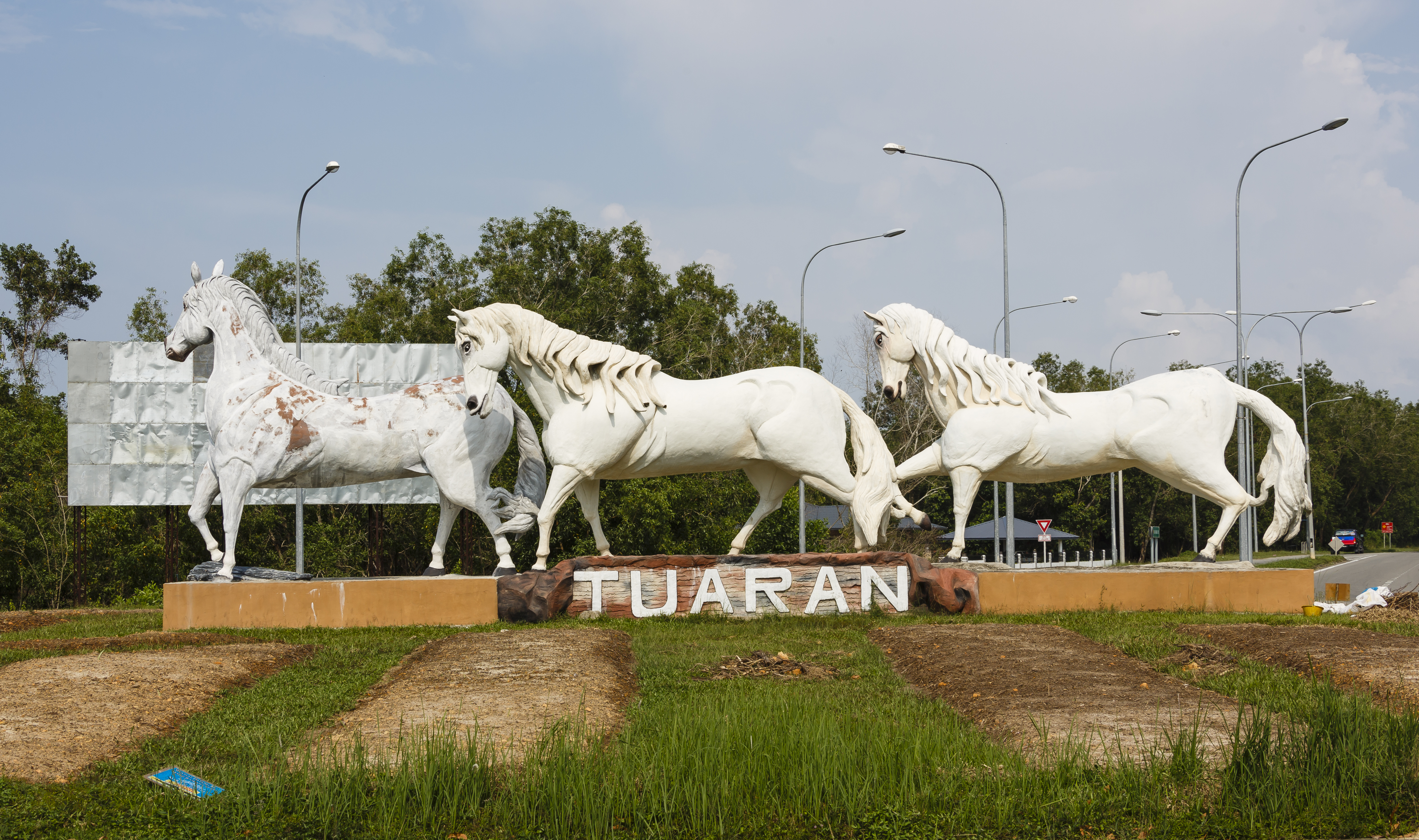





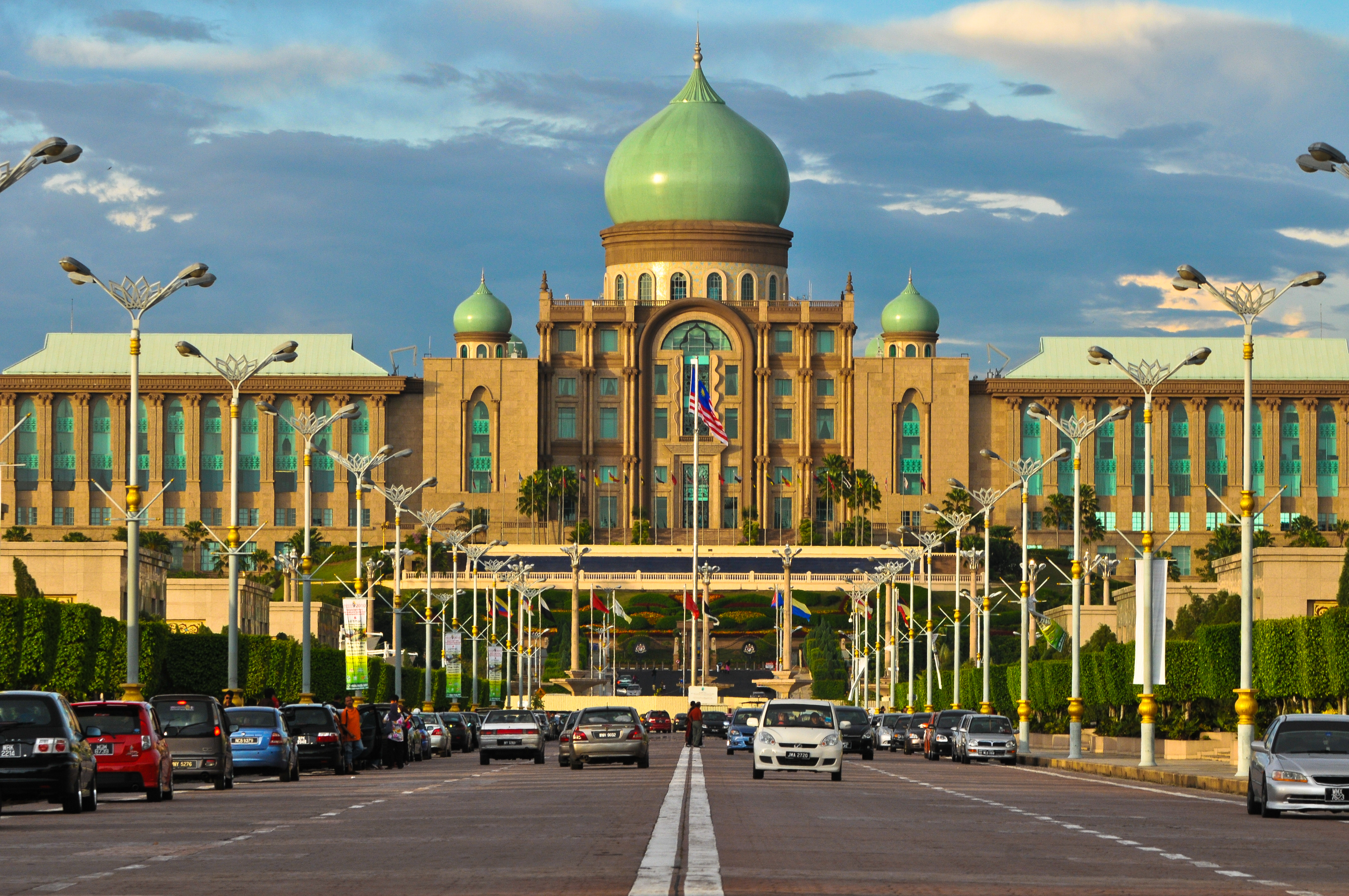
















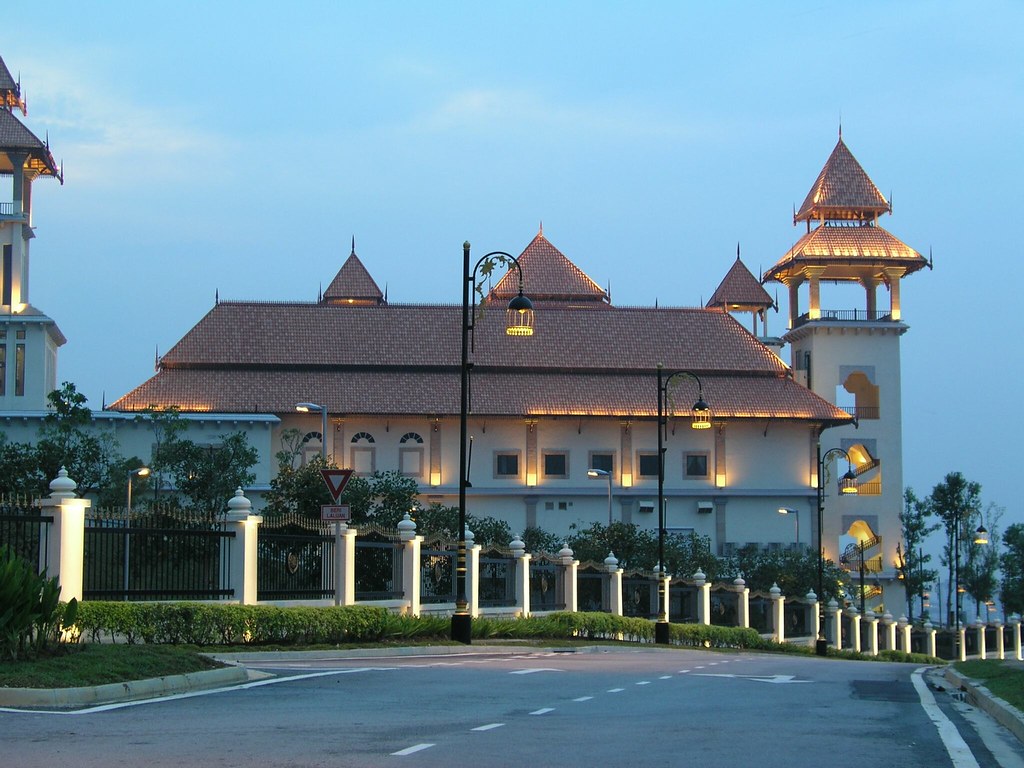


.jpg)














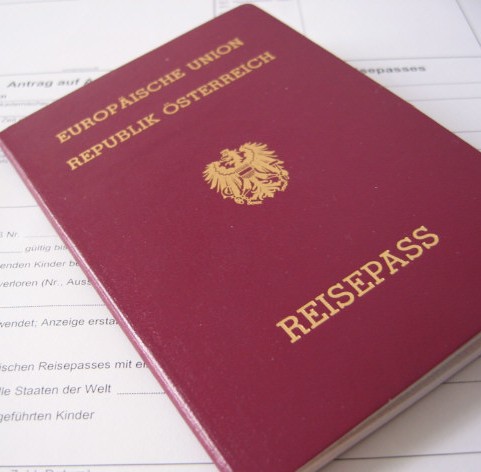





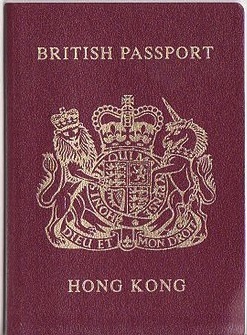







.svg/250px-Flag_of_Penang_(1946-1949).svg.png)



